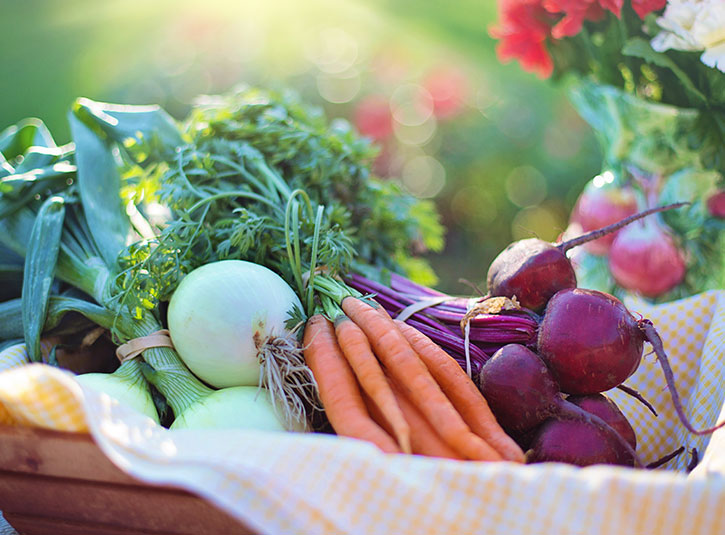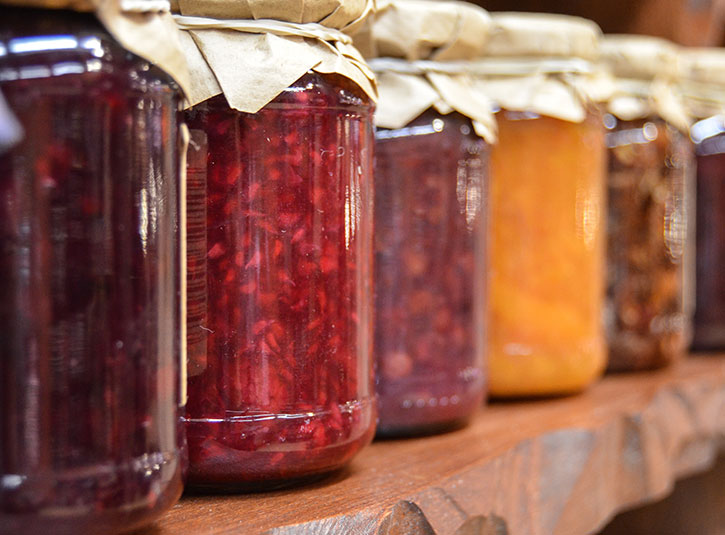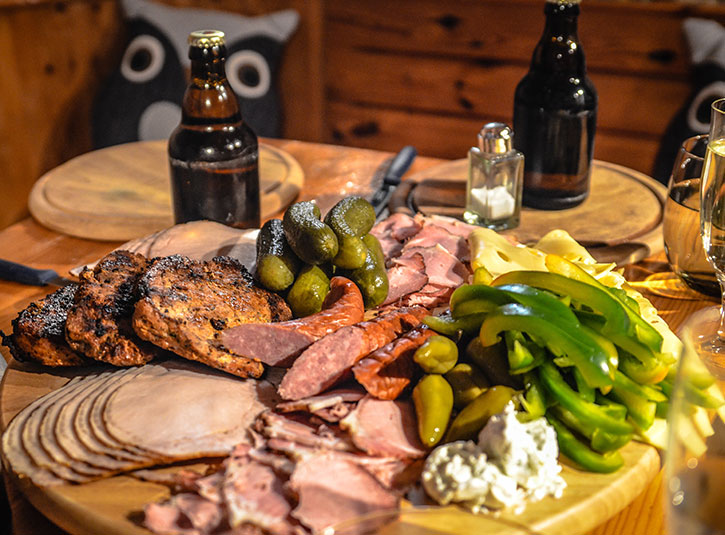Top food trends that have been around for centuries
posted on
The beginning of 2018 came with its usual wave of upcoming trends and top 10 food trends of 2018 lists. During this time, we noticed just how many food trends that have been around for centuries, if not since the very beginning of humankind. Many of these food trends had a recent blip in popularity with the rise of mass-produced, pre-packaged food and giant supermarkets. But they’re making a comeback.
These timeless food trends are on nearly every menu at the World’s 50 Best Restaurants and are finding their way into local restaurants, businesses and homes alike.
Top food trends that have been around for centuries
Growing focus on regional and farm-to-table food
From the best restaurants in the world to the local owner-operated restaurants in your hometown, chefs and business owners are showing an increasing loyalty to showcasing regional food. Restaurant-goers now seek gourmet food experiences that highlight local produce and traditional ways of cooking.
“More and more talented chefs will move to countryside or get a parcel of land to grow their own produce for the restaurant,” says Greg Marchand, the Executive Chef and owner of Frenchie Covent Garden. “This way they can use seasonal ingredients, all fresh, straight from a farm-to-table.”
Highlighting regional foods and farm-to-table style cooking has been around since the beginning of humankind. People either foraged for food in their natural habitat or established relationships with those who caught fish, hunted wild fauna or gathered local flora. This was all out of necessity, of course. We know from history, that everything changed with the domestication and cultivation of plants and animals.
But what’s interesting about the current trend toward regional food, is that these products, tastes and ways of cooking have always been there. Waiting for us. Only now that our basic needs are being met (and beyond exceeded), are we able to look around us and get creative with our own native foods and traditions. Those ingredients which make a place unique is now what sets each restaurant apart on a global scale.
Foraging for wild, edible flora
Edible flowers are now garnishing modern dishes around the globe. Chefs love them for their flash of colour, light floral scent and just-picked look. The same goes for fresh garden herbs. Because of this, 2018 will see more foraged edible plants, such as wildflowers, herbs and mushrooms.
Interestingly, for 95 percent of our time on the planet, humans have survived—and thrived—by hunting and gathering food from our surroundings. It wasn’t until farming began about 10,000 years ago that the foraging lifestyle began to wane.
Today, it would take a skilled homesteader and local foraging guide to help us identify foods in the forests, fields and waters around us.
Preserving foods through drying, freezing, fermenting, pickling and curing
Many of the top food trends for 2018 include various preservatives, such as homemade kombucha, fermented milk products and pickled root vegetables. Fermented pickles, salt-cured meats and handmade sourdough bread with traditionally churned butter are trendy appetizers on many modern restaurant menus these days. Even lifestyle and wellness brands are tapping into the digestion-aiding qualities of kefir, kombucha, probiotic yogurt and other bacteria and mold cultures.
But humans have fermented foods since Neolithic times.
The earliest known ferments were beer, wine, cheese and leavened bread. Smoking foods, on the other hand, is one of the oldest food preservation methods out there. It was most likely discovered soon after cooking with fire. Depending on a region’s climate, sun and wind drying or freezing foods in snow or ice has been around since ancient times as well. As we know, food begins to spoil from the moment it’s been harvested or killed. Preserving food allowed early humans to prepare for harder seasons and rely less on immediate harvests.
In the mid-20th century, interest in preserving foods declined with the rise of mass-produced chemical preservatives. It’s making a comeback, however, with the current health-food movement and refocus on regional, seasonal food.
Eating sustainably, from the nose to tail and root to shoot
“I think we will see more and more movement away from food waste,” says André Garrett is Executive Chef at André Garrett Restaurant at Cliveden House in Berkshire, “and as a result, an increase in ‘nose to tail’ cooking or ‘root to shoot’, using every part of a vegetable.”
This trend of sustainable eating is all-encompassing. It means eating organic, all-natural foods—and all of it, leaving no root or shoot behind. It also requires an understanding of where food comes from and what impact it might have had on the planet. Parts of the animal or plant that might otherwise have been tossed are now being added to age-old dishes, such as meat pies and stews. Sustainable also means supporting local producers who adhere to ethical and environmental practices.
We may have come full circle on food practices of the past, but we can now connect them to modern ideas of sustainability and new, internationally-shared farming and cooking techniques.
Learn more about how Foodee brings meals to modern offices like yours. Eat well. Work well.
Filed Under: Foodee HQ



